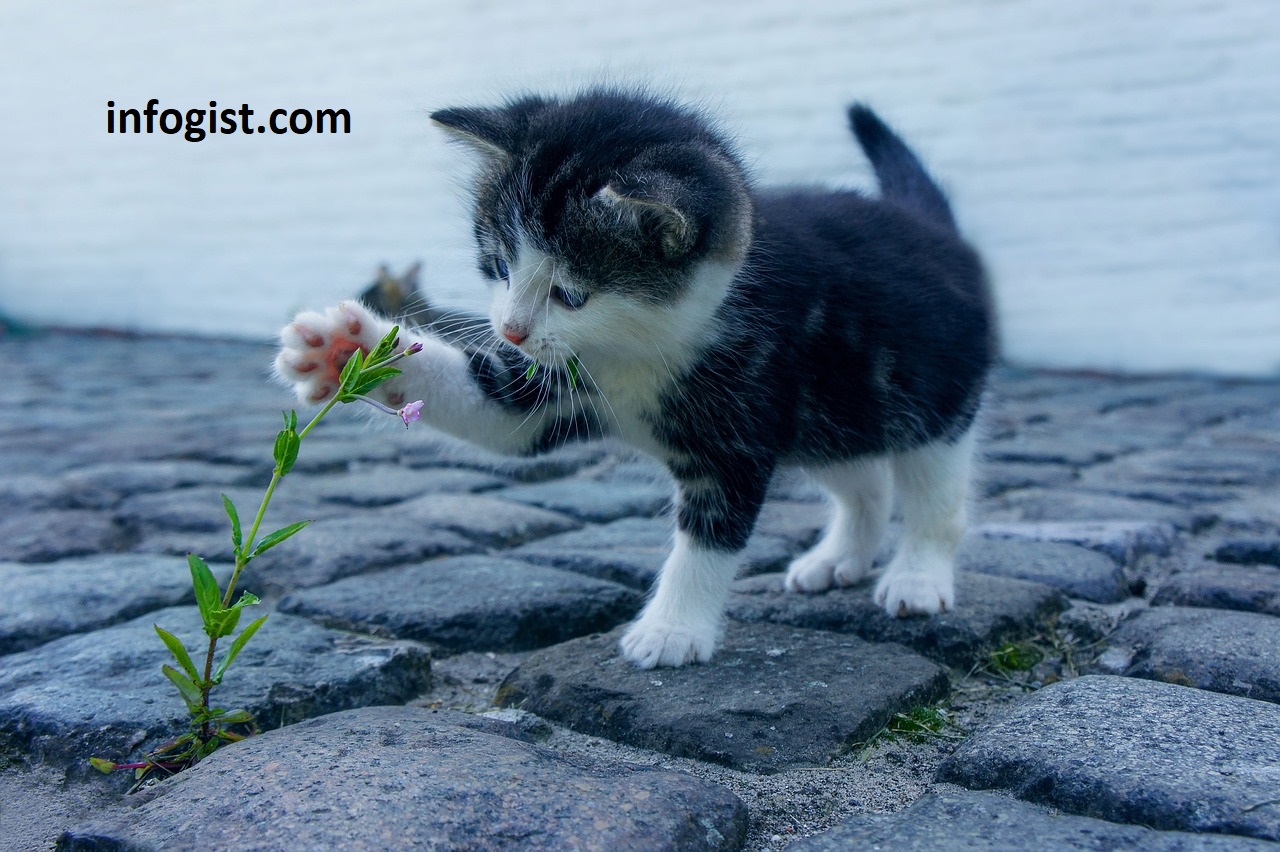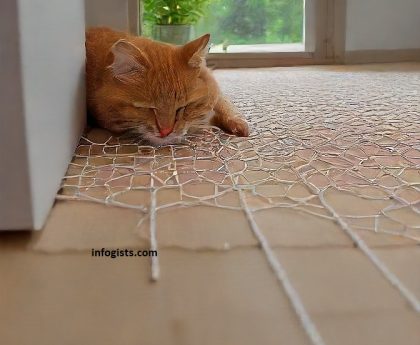Innovations in cat care and welfare have significantly advanced over the years, reflecting a growing understanding of feline needs and behaviors, as well as technological advancements that make caring for these animals more effective and compassionate. These innovations span from nutritional research and veterinary care to technological gadgets and welfare initiatives, demonstrating a holistic approach to improving the lives of domestic and feral cats alike.
Nutritional Advances
One of the most significant areas of innovation in cat care is nutrition. As research into feline biology has deepened, so has our understanding of their dietary needs. This has led to the development of specialized diets catering to various health issues, life stages, and even breed-specific requirements. For example, foods designed for senior cats now address common age-related issues such as joint health and kidney function, while formulations for kittens support rapid growth and development. Furthermore, there’s a growing trend towards natural and organic pet foods, reflecting a broader human interest in healthier, less processed diets.
Veterinary Medicine and Healthcare
The field of veterinary medicine has seen remarkable innovations aimed at improving cat welfare. Non-invasive procedures for diagnostics and treatment, such as laparoscopy, have reduced the need for traditional surgery, leading to quicker recovery times and less stress for the animals. Dental care has also improved, with new tools and techniques to address dental diseases, which are common in cats. On the preventative side, there are now more vaccine options and protocols that are tailored to the cat’s lifestyle and risk exposure, making preventative care more personalized and effective.
Technology and Gadgets
Technology has introduced a wave of gadgets and apps designed to improve the lives of cats and their owners. Automated litter boxes keep the cat’s environment clean and odor-free, while interactive toys and apps provide mental stimulation and physical exercise. GPS collars and microchips help keep track of pets, significantly reducing the number of lost animals. Moreover, technology has facilitated remote health monitoring, allowing owners and veterinarians to keep tabs on a cat’s health through wearable devices that track vital signs and activity levels.
Welfare and Advocacy
In terms of welfare, there has been a significant shift towards more humane treatment and understanding of both domestic and feral cats. Trap-Neuter-Return (TNR) programs have become a preferred method for managing feral cat populations, aiming to reduce numbers through sterilization rather than euthanasia. These programs often include vaccination and medical treatment, improving the health and welfare of the feral cat communities. Advocacy efforts have also increased, with more organizations working to promote responsible pet ownership, anti-cruelty laws, and adoption from shelters rather than purchasing from breeders.
Environmental Enrichment
Finally, the concept of environmental enrichment has gained traction, recognizing that cats need stimulating environments to lead happy, healthy lives. This includes access to vertical spaces, scratching posts, and opportunities for hunting play. Innovations in cat furniture and toys are making it easier for cat owners to provide an engaging home environment that mimics the natural behaviors of their feline friends.
In conclusion, the landscape of cat care and welfare is continually evolving, driven by a combination of scientific research, technological advances, and a growing awareness of the needs and rights of these beloved animals. These innovations not only enhance the quality of life for cats but also enrich the human-animal bond, demonstrating a mutual benefit that reflects a compassionate and informed society.





